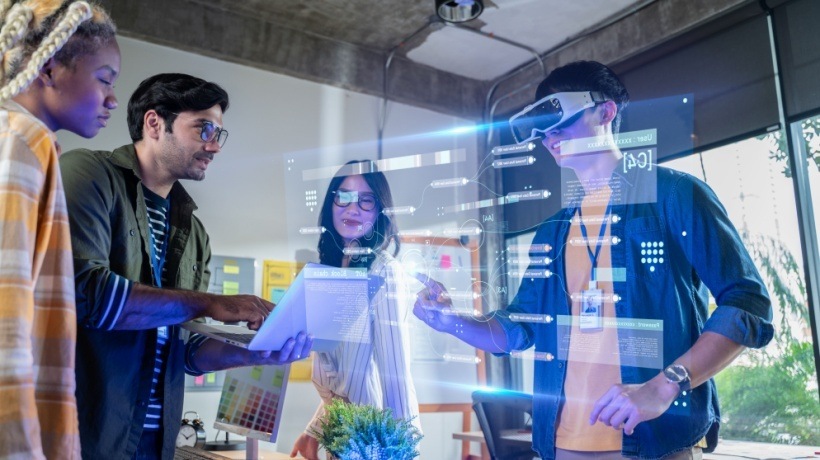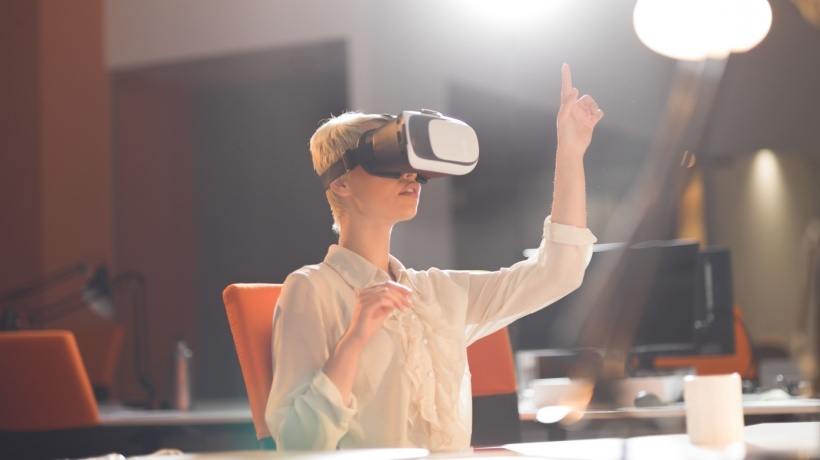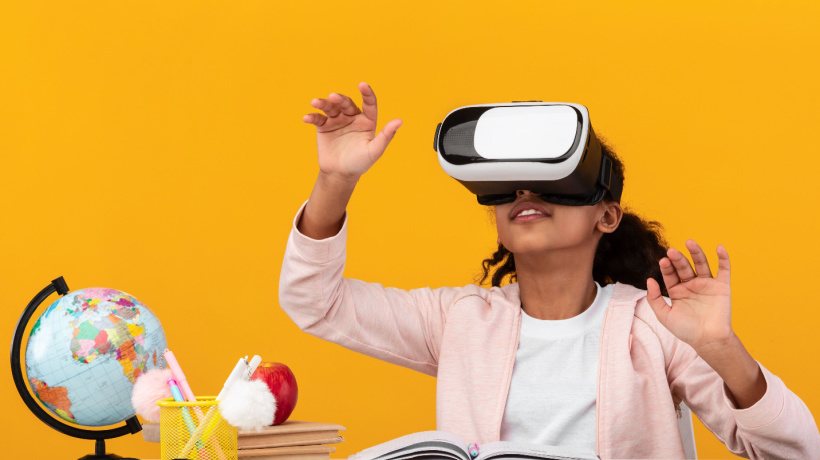VR And AR Are Changing The Way We Learn And Work
VR stands for Virtual Reality, and AR stands for Augmented Reality. Both of these technologies are imperative for learning. Both VR and AR provide new and beneficial angles to learning that enhance student experiences. Outside of learning, there have been various uncertainties about utilizing VR and AR. Some believe that children may confuse what's realistic with what's not. However, this is not the case. Do VR and AR make a significant difference in online learning? Is the technology safe and effective for learners of all ages, including children? Here's what you should know.
VR And AR Offer An Immersive Learning Experience
Educators can use VR and AR to ensure an immersive learning experience during eLearning. With the help of VR headsets, learners can easily interact with their environment. Hence, it allows the wearer to fully immerse in the virtual learning environment, which may distinctly simulate real life. In the not-so-near future, VR headsets may transform into glasses—which is only a natural progression considering that by 2050, half of the planet will be wearing glasses [1].
Common Uses And Benefits Of These Technologies
Immersive learning using AR and VR is already common in the following contexts:
1. 3D Lectures At Learning Institutions
Harvard University is a great example of an institution utilizing VR in education. The university offers an introductory computer science course, Computer Science 50 (cs50), in VR. Students put on their glasses or VR headsets and appear to be sitting amidst their fellow coursemates in the middle of the lecture hall, even though they are participating at home. Over three million students around the world have completed the online course.
2. Medicine
The medical sector is one of the areas where immersive learning is most useful. With AR and VR tech, surgeons can learn challenging surgical techniques [2] on a 3D model in a virtual environment without performing on real individuals.
3. Learning Scenarios In Schools
Instead of the typical eLearning experience, VR and AR provide an intensive educational experience. This experience can be as fun as virtual school field trips, hazard-free experimentation, and other useful applications.
4. Improved Retention Rates In Online Learning
Retention rates were always a challenge in the online learning world and generally in education. Depending on what the teacher or educator is teaching, they can leverage VR technology to improve student retention rates and boost academic performance. VR is an engaging way to deliver lessons like science-based and engineering training. The reason why VR and AR can improve retention rates is that humans are fundamentally visual learners. According to research at 3M Corporation, humans tend to process visuals 6,000 times faster than text [3]. For this reason, there’s no doubt that students or learners will grasp what’s taught faster if there’s an immersive scenario.
5. All-Inclusive eLearning Solution
Over the years, Augmented and Virtual Reality have proven to be smart and distinct ways of delivering lessons. What's unique is the all-inclusive approach to learning that VR teaching provides. With AR and VR, educators can also explain intricate concepts easier and in digestible ways.
6. Experiential Learning Is More Effective
An experiential approach is relatively rare in many learning environments, especially for technical topics. AR and VR allow individuals to see the results of their actions firsthand. This type of learning is very useful because it helps in:
- Better grasping of concepts
- Improved creativity
- Increased chances for reflective learning
- Providing an overall immersive experience
Some students find it difficult to easily understand concepts, and some concepts are harder to understand than others. Experiential learning with VR enhances students' practical understanding of difficult concepts.
7. Improved Engagement
In online learning, it’s a common fact that an engaged learner tends to train/practice more often and retain more information. When students are engaged in the learning process [4], they also tend to have increased performance, attention, and focus. Over time, it increases critical thinking for learners. For educators, it's usually challenging to monitor student engagement. However, VR helps them relax and be confident that the tech can fully immerse learners and handle engagement. With 3D visuals, VR and AR can help foster curiosity and imagination, making students more engaged and creative.
8. Overcomes Language Barriers
Not everyone learns in their native language or a language they completely understand. When there’s a language barrier [5], it becomes more difficult to comprehend whatever is being taught. VR proves to have the capacity to provide a seamless education for individuals trying to learn a second language. VR and AR can translate or transcribe educators' lessons, which enables students to understand and learn faster. During online learning, students often hesitate to speak or ask questions out of fear of mispronouncing words or sentences. With VR, interactions can be easier and more flexible.
VR And AR Are Set To Revolutionize Learning Experiences
Both VR and AR have improved eLearning in numerous ways. By making learning experiential and immersive, they help learners understand complex topics better. VR helps learners beat various common barriers to learning, making it easier and more engaging. Overall, VR and AR will improve knowledge-based practices worldwide.
References
[2] Virtual Reality in surgical education









